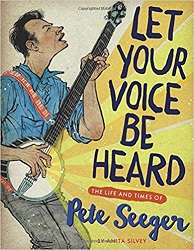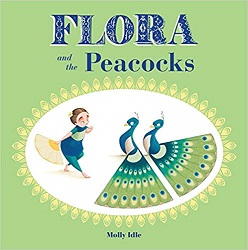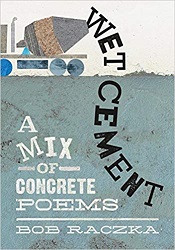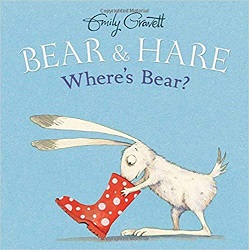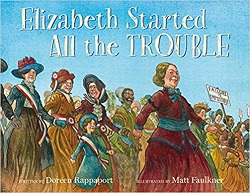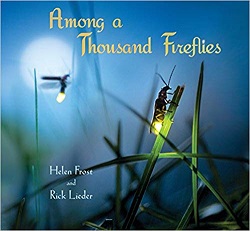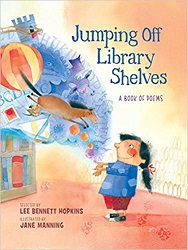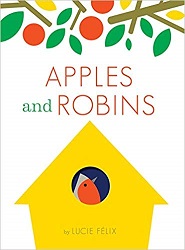Review of Let Your Voice Be Heard, by Anita Silvey
The Life and Times of Pete Seeger
by Anita Silvey
Clarion Books (Houghton Mifflin Harcourt), 2016. 101 pages.
This is a straightforward biography of Pete Seeger for upper elementary audiences. There are plenty of photographs and the print is large and lines are widely spaced, so it’s not an intimidating amount of reading.
I hadn’t known a lot about Pete Seeger’s life, and I was inspired. His approach to music — reviving folk songs, popularizing them, and collaborating with others — is partly what makes him such a likable character.
But he also stood up for causes. He provided a voice — and songs — for the Labor movement, for anti-war protesters, for the Civil Rights movement, and for cleaning up the environment.
But a big part of his life I hadn’t known much about was him being brought up before the House Un-American Activities Committee, and how much that impacted his life. I hadn’t realized how much was done against people suspected of Communist sympathies — in America.
It’s also impressive that Pete Seeger didn’t let those things make him bitter. He continued to sing and spread the belief that working together we can make the world a better place. “Pete would call up a radio station, get a spot on the air, and then be out of town before the American Legion could protest.”
Here’s how the author sums up Pete Seeger’s legacy:
Throughout his life Pete Seeger remained committed to the idea that people need to come together. “It’s been my life’s work, to get participation, whether it’s a union song, a peace song, civil rights, or women’s movement, or gay liberation. When you sing, you feel, I’m not alone.”
Support for workers. Peace. The right to speak and sing in freedom. Civil rights for all people. The preservation of the planet. The causes to which Pete Seeger dedicated his life remain relevant and evergreen. He lived with purpose and meaning. As he often said, “Nobody really knows what the world’s going to bring. . . . We always find solutions, we’re an intelligent race . . . As long as I’ve got breath, I’ll keep on doing what I can.”
His life stands as a testament for social and political change, reminding everyone to fight for what they believe in and to let their voices be heard.
childrensbookalmanac.com
www.hmhco.com
Find this review on Sonderbooks at: www.sonderbooks.com/Childrens_Nonfiction/let_your_voice_be_heard.html
Disclosure: I am an Amazon Affiliate, and will earn a small percentage if you order a book on Amazon after clicking through from my site.
Source: This review is based on a library book from Fairfax County Public Library.
Disclaimer: I am a professional librarian, but I maintain my website and blogs on my own time. The views expressed are solely my own, and in no way represent the official views of my employer or of any committee or group of which I am part.
What did you think of this book?
